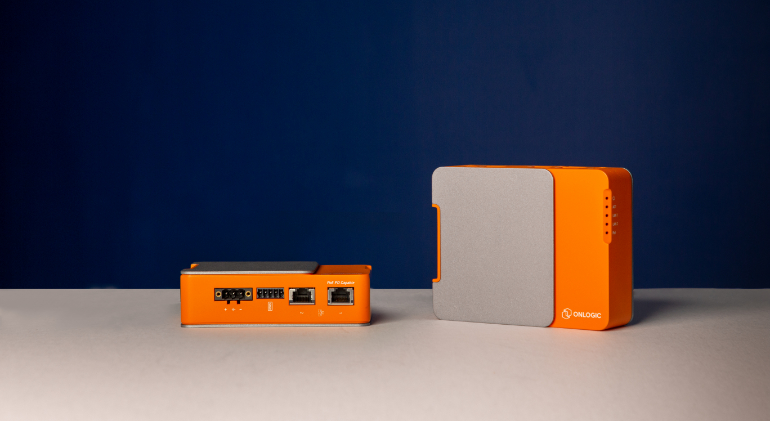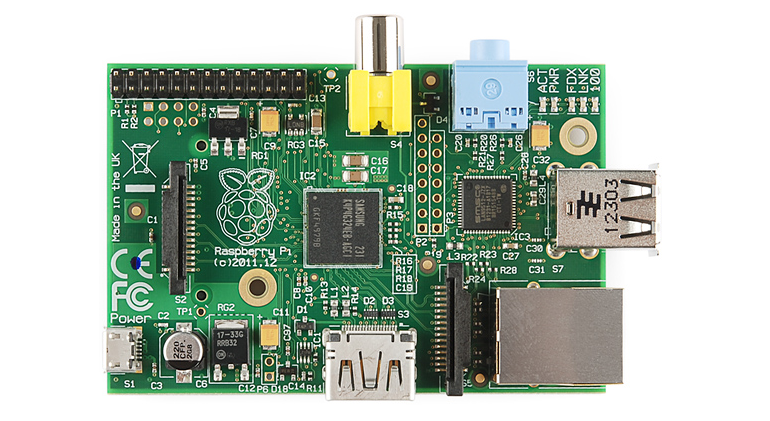Industrial Raspberry Pi: A Brief History and Current State
Raspberry Pi began its history a long way away from the world of business and industry. The first production Raspberry Pi was sold in 2012 for $30. It provided makers of all ages with a low-cost platform to learn the basics of coding. The initial intention was not to make money or increase market-share, but instead to democratize access to hardware and coding knowledge. An industrial Raspberry Pi wasn’t on anyone’s radar at the time.
Maker Roots
The low cost, small size, and flexibility of this system on a chip meant the Raspberry Pi provided access to technology for segments of the population that couldn’t afford a full desktop. In addition, it inspired countless makers in garages, basements, and classrooms across the world.
The Raspberry Pi community provides a resource to share ideas and help others develop their projects. Popular projects include RetroPie, an emulation software to play retro video games on a Raspberry Pi. Another popular project is the “Magic Mirror”. This embeds a Raspberry Pi into a mirror to display valuable content about the day ahead, such as the weather forecast and email.
Though these home projects made big splashes on social media, there remained a perception that the Raspberry Pi was a recreational computing device rather than a tool for industrial applications. That perception still remains for many, though Industrial Raspberry Pi applications are continuing to gain exposure and popularity.
Rapid Prototyping on Pi
The early concept of an industrial Raspberry Pi evolved from the makers who were utilizing the system on a chip for hobbyist projects. Experiencing the ease and speed with which they could prototype and launch systems control and IoT projects, it only made sense to expand the use cases for the platform.
Developers themselves were the first to see the promise of industrial applications for Raspberry Pi. The ability to prototype end solutions on an inexpensive board made the cost of entry for system design much lower versus prototyping on desktop computers or industrial systems. Smart Home applications grew into Smart Building applications. IoT sensors for the home evolved into IoT sensors for industrial data collection.
Today, approximately 50% of Raspberry Pi end users are utilizing them for commercial and industrial applications.
The Raspberry Pi Compute Module
On April 2014, James Adams, COO & Hardware Lead of Pi Trading announced the first Raspberry Pi Compute Module (CM) via their blog.
“We are ready to take the wraps off something special, this time aimed at business and industrial users.”
The first release contained the “guts” of the Raspberry Pi integrated onto a small board. This board was designed to fit into a standard DDR2 SODIMM connector. It had a striking resemblance to a stick of RAM. The Compute Module was intended to be integrated into PCBs (Printed Circuit Boards), also commonly referred to as carrier boards.
The release of the Raspberry Pi Compute Module was arguably the tipping point for industrial Raspberry Pi powered devices. Integrating a Raspberry Pi into application specific carrier boards allowed hardware designers to expand options for form factors. It additionally allowed engineers to create expanded I/O connectivity options intended to serve their specific business or industry needs.
Flash forward to 2020 when Raspberry Pi released the fourth generation of their Compute Module. The CM4 offers the impressive capability gains of the Raspberry Pi 4, including a Broadcom BCM2711 quad-core Cortex-A72 (ARM v8) 64-bit SoC @ 1.5GHz processor, OpenGL ES 3.0 graphics, and expanded memory options. Still designed for embedded applications, the form factor changed from the initial DDR2 SODIMM connector to a 2 x 100-pin high-density electrical interface connector.
Industrial Raspberry Pi Arrives
OnLogic unveiled their first industrial Raspberry Pi powered computers, the Factor 200 Series, on Pi Day, 3.14.22. OnLogic engineers designed the systems entirely in-house to bring the CM4 to Industrial and IoT applications.
Using our thermal design expertise, the OnLogic team designed an enclosure and thermal solution to optimize the Raspberry Pi for almost any environment. The aluminum side panels provide structural rigidity while dissipating heat from internal components.
Inside the DIN-ready chassis, a custom designed carrier board will provide I/O built for industry, including 2 GbE LAN ports and a RS-232/422/485 Terminal Block. The systems offer up to 2TB of dependable industrial SSD storage. This provides high capacity and fast transfer of data for industrial applications. They can also be configured with up to 32GB of onboard eMMC.
Two Models to Meet your Industrial Requirements
We’ve created two industrial Raspberry Pi computers – the Factor 201 and the Factor 202. Both leverage our industrial grade custom carrier board and efficient passive cooling technology. Both offer impressive processing, memory, I/O and storage. The larger Factor 201 offers additional onboard digital and analog I/O (DIO & AiO), as well as a 2.4” capacitive touchscreen for complete control over your application.
To be among the first to hear about what’s next for the Factor 200 Series, visit our “One Tough Pi” page and sign up for more info.
Get the Latest Tech Updates
Subscribe to our newsletters to get updates from OnLogic delivered straight to your inbox. News and insights from our team of experts are just a click away. Hit the button to head to our subscription page.
Share
More Articles
OnLogic Industrial Computers
Discover OnLogic's multitude of industrial computers that will help you to advance your IoT project
Learn more at OnLogic.com
OnLogic Industrial PCs: Designed to last. Built to order. Delivered in days. Visit our online store at OnLogic.com







